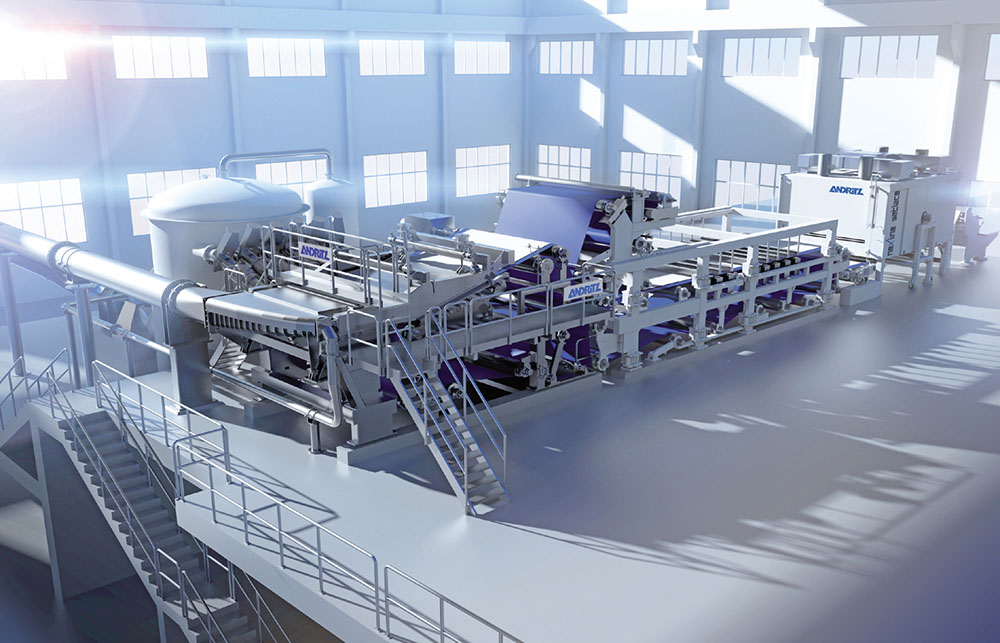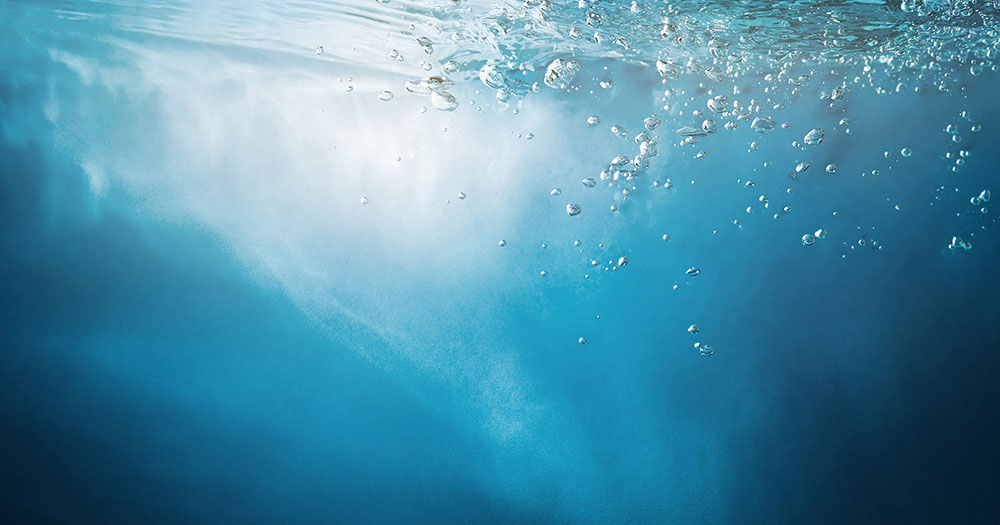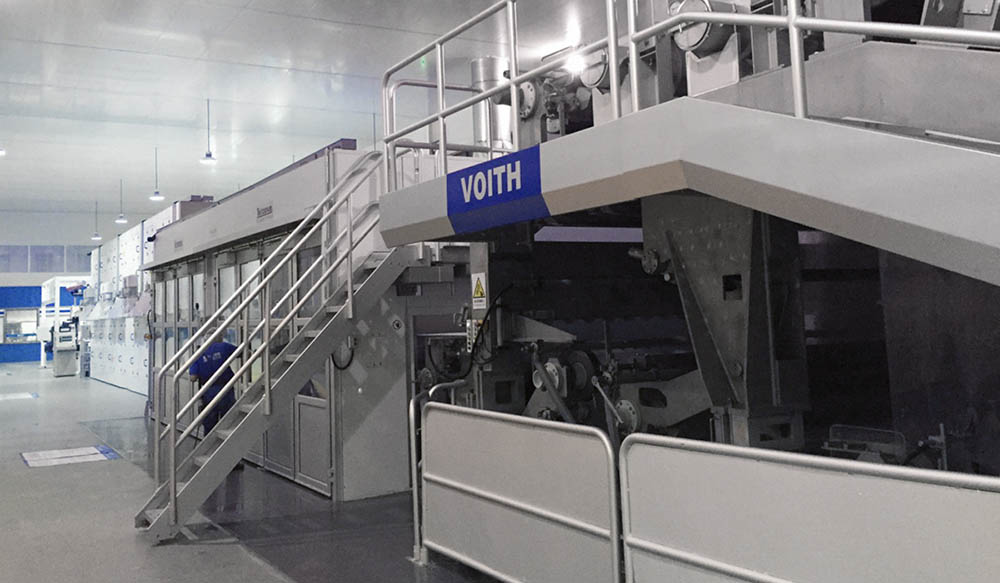
Flushable nonwoven wipes have become the unlikely subject of a legal debate on consumer rights and corporate responsibility.
In December, a Washington DC federal judge temporarily barred the District from enforcing part of its recently passed law requiring cautionary labels on Kimberly-Clark’s flushable products, saying the city’s approach probably violates the First Amendment.
Washington’s “Protect Your Pipes” law has been introduced in an attempt to remedy the problem of wipes that do not disintegrate, clogging the sewer systems and attracting grease and oils to create so-called “fatbergs” that are expensive for the water authorities to clear.
Nonwovens industry bodies INDA and EDANA have worked extensively on establishing rigid guidelines for flushable products and a “Do Not Flush” labelling scheme for non-flushable wipes, but the organizations are powerless to act against unscrupulous manufacturers and this issue is so far showing no sign of going away.
Inherent contradiction
There is little doubt, however, that the development of flushable wipes has driven innovation by both technology providers and nonwoven manufacturers alike over the past few years.
There is, of course, an inherent contradiction in requiring a material to be both strong enough to do its job and at the same time weak enough to disperse in water.
“It’s an almost perfect contradiction,” observed Tobias Schäfer general manager at Andritz Küsters. “The material as such needs an excellent tensile strength, because in production it’s pulled by the winder through the different stages of the process line to start with.
“Then during the converting of the product, it’s wetted and packed and the end-user expects a wipe that doesn’t disintegrate before and during use. Once flushed, this stability has to completely disappear, so the product will virtually dissolve in the sewage water system. In effect, the wipe has to become invisible.”

and weak enough to disperse in water at the right time. Image: Jacob Holm
Combined technologies
With the Andritz Wetlace system, which combines wetlaid nonwoven formation with spunlacing (hydroentanglement of the fibers by water jets), a number of factors contribute to successful dispersion.
The main impact comes from the fiber blend between the wood pulp and manmade cellulosic fibers, the wet web forming on the inclined wire and the mechanical bonding of the web by the hydroentanglement unit.
Wetlaid production achieves high web uniformity and product quality, while spunlacing is employed to entangle the fibers without the use of chemical binders or thermoplastic fibers.
The latest Wetlace unit has recently been installed at Akinal Sentetik Tekstil (AS Nonwovens), based in Gaziantep, Turkey. With an annual production capacity of 15,000 tons, it integrates fiber preparation, wet forming, spunlacing and drying to make products that meet the quality standards as defined by the EDANA/INDA guidelines.
Trigger mechanisms
The Andritz Wetlace system is one of several that are based on differing triggering mechanisms that cause the dispersibility to take place when required. These can be ionic, mechanical or chemical, or a combination of these.
Kimberly-Clark’s Cottonelle technology, for example, is based on an ionic triggering mechanism with combinations of airlaid pulp and either staple fiber or tissue and a chemical binder system.
Suominen’s Hydraspun technology for products based on combinations of wetlaid pulp, staple and bicomponent fibers, or wetlaid pulp and staple fiber with spunlacing and alternative finishing, relies on a mechanical trigger system.
Chemical trigger products based on wetlaid paper and tissue technology in which a CMC/Polyox binder system is employed are used by Kao, Haso and others.
Hydrofine
Israel’s Albaad, meanwhile, has developed technology for manufacturing its Hydrofine flushable wipes with the German machinery manufacturers Trützschler and Voith Paper.
Both the HydroFormer – Voith Paper’s wet-laying machine – and the AquaJet spunlacing unit of Trützschler are solutions that have been proven in dozens of installations worldwide. In addition, the energy-conscious Trützschler Streamliner drying system is installed on the line to reduce operational costs.
In developing the technology, Albaad worked initially on a chemical mechanism for dispersibility, based on a binder system, and also on a mechanical mechanism using short-cut staple fibers and spunlacing, but was reluctant to go with either route.
The company consequently chose to combine the two independent mechanisms and in doing so says it has achieved better control of the bonding/disintegration performance.
“The technology enables us to amend the performance of our Hydrofine products to the changing regulatory requirements, with better control of production costs, embossing abilities and performance,” explained Asaf Izraely, vice-president of R&D. “There are endless options to utilize the technology for other wipes applications.”
New standard
In 2017, Voith and Trützschler introduced a new safety standard for hybrid wetlaid and spunlacing machines.
VN 3260/TN 0790 is a combination of proven standards for paper and textile machines and aims to help producers of nonwovens ensure safe and reliable machinery operation while providing a prerequisite for production and quality expectations.
The standard has subsequently been incorporated by the International Organization for Standardization (ISO) as the basis for developing an international standard.

have introduced a new safety standard for hybrid wetlaid and spunlacing systems.
SoftFlush
Jacob Holm also carried out extensive testing, prototyping and market research prior to building a new production line in Candler, North Carolina, USA, and the establishment of its SoftFlush program.
“When Jacob Holm made its assessment of the market, it was understood that there were turnkey equipment options,” explained CEO Martin Mikkelsen. “However, our focus was to develop a process that would have a low cost of goods in case of oversupply, and one that would have maximum flexibility to innovate within dispersible wipes and other markets.”
The system was ultimately designed to have significantly greater flexibility than off-the-shelf systems. While the initial phase of introducing a completely new technology can be challenging, the long-term benefits of this flexibility and capacity for product diversification were considered to be worthwhile.
Jacob Holm’s patented SoftFlush dispersible wipes exceed dispersibility regulations and are characterized by high wet and dry strength and softness, while being 100% biodegradable.
“We are also capable of providing customized embossing patterns to further meet our customers’ needs,” Mikkelsen added. “To this point, Jacob Holm has so far only scratched the surface in respect of the potential for ongoing innovation from this new line.”


